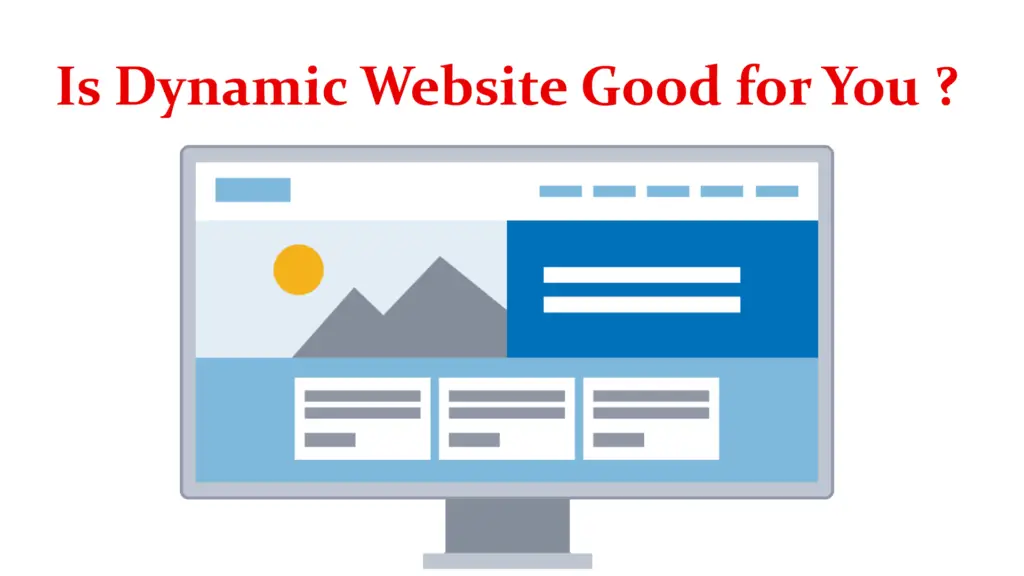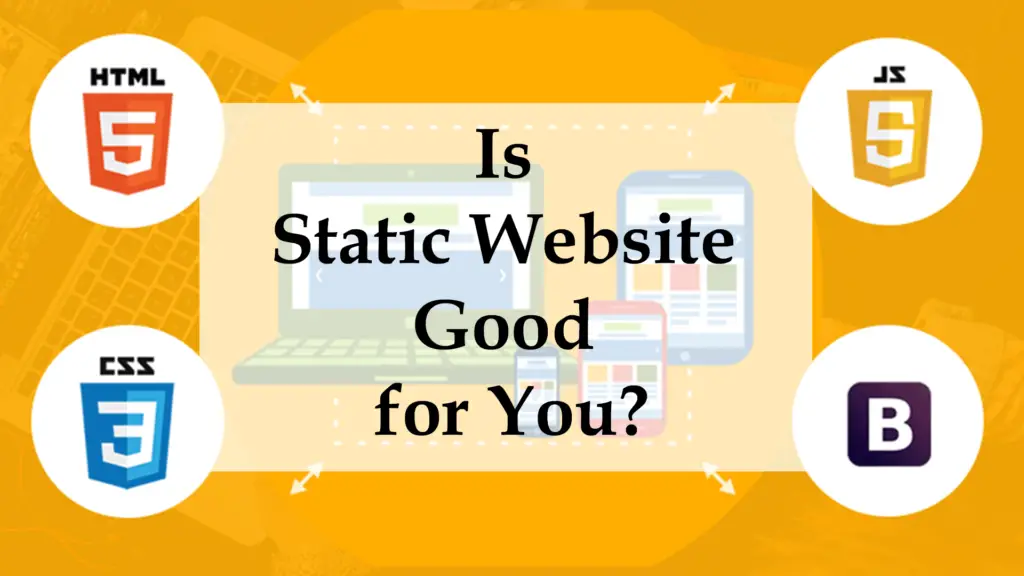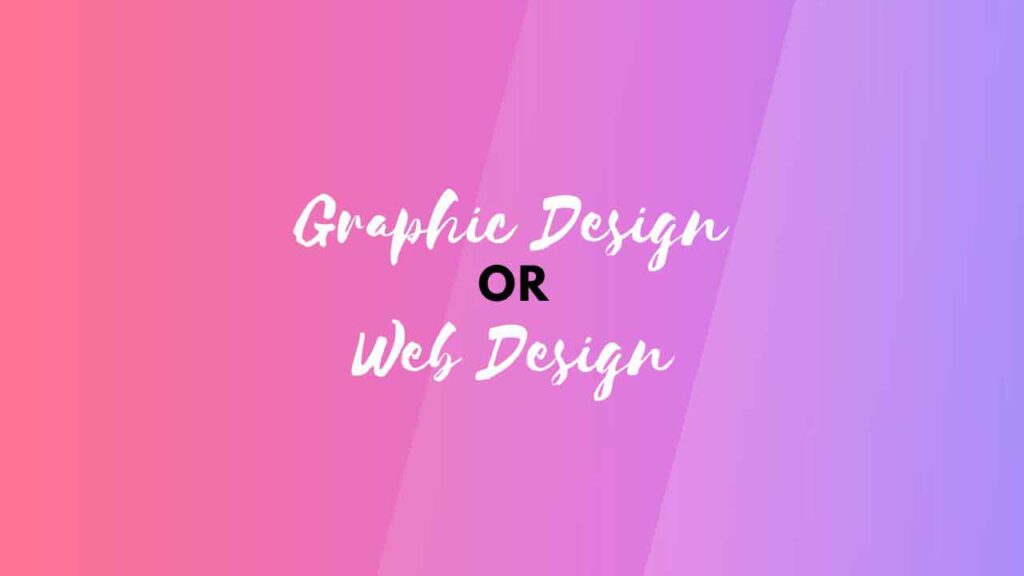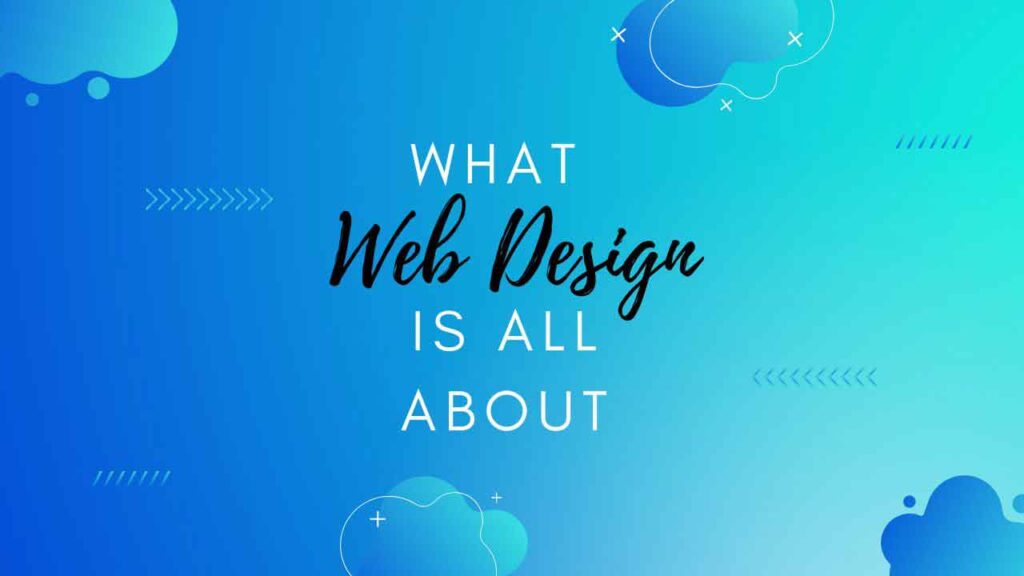THIS ARTICLE MAY CONTAIN AFFILIATE MARKETING LINKS! IN CASE YOU MAKE A PURCHASE THROUGH ONE OF THE LINKS, WE'LL GET A SMALL COMMISSION. WITH NO EXTRA CHARGES TO YOU. THANKS!!
Today, let’s dive into the world of content marketing – a powerhouse strategy that’s like the unsung hero behind many successful online ventures. And will take a look at how web design impacts content marketing.
What is Content Marketing?
So, what exactly is content marketing? Well, think of it as the art of creating and distributing valuable, relevant, and consistent content to attract and engage a clearly defined audience. It’s not about bombarding people with sales pitches; it’s more like building a genuine connection by offering them something valuable.
Imagine you’re scrolling through your favorite social media platform, stumbling upon a blog post that not only answers your burning questions but also entertains you or provides a fresh perspective. That’s content marketing in action! It’s about delivering information in a way that’s not just informative but also enjoyable.
Now, you might wonder, why bother? Picture this: Content marketing helps businesses and individuals build trust, establish authority, and create a community around their brand. It’s like planting seeds of connection that grow into flourishing relationships with your audience.
Whether it’s a witty blog post, an engaging video, or a visually stunning infographic – content marketing comes in various shapes and sizes. It’s adaptable, dynamic, and always evolving to keep up with the ever-changing digital landscape.
In essence, it’s the heart and soul of your online presence. It’s not just about shouting your message from the rooftops but about having a meaningful conversation with your audience.
What is Web Design?
In the simplest terms, web design is the creative process of conceptualizing and arranging elements on a web page. It’s the magic that turns a jumble of code into a visually appealing and user-friendly experience. Imagine it as the interior design of the online world – making spaces not just functional but downright delightful to navigate.
Now, close your eyes (figuratively, of course) and think about your favorite website. What makes it stand out? It’s not just the information; it’s the way it’s presented. That’s the work of a web designer weaving their aesthetic spell.
From the layout to the colors, fonts, and images, web design is about crafting an immersive atmosphere that captures attention and guides users seamlessly through the digital realm. It’s the difference between a chaotic roadside stand and a sleek, inviting storefront in the bustling city of the internet.
Web designers are the unsung heroes who ensure that your online experience is not a tangled mess of confusion but a smooth, intuitive journey. They understand the psychology of colors, the dance of typography, and the symphony of interactive elements to create a symphony of clicks, scrolls, and delightful “aha” moments.
In the fast-paced world of the internet, where attention spans rival that of a goldfish, a well-designed website is your secret weapon. It’s the passport to keeping visitors engaged, delivering your message effectively, and, let’s face it, just looking cool while doing it.
How Web Design impacts Content Marketing
Imagine you’ve stumbled upon a blog post that not only answers your burning questions but also presents itself like a visually enticing feast. That, my friends, is the magical collaboration of web design and content marketing.
First things first – web design is the stage where your content performs. It’s the layout, the colors, the fonts, and the overall aesthetic that sets the scene for your content to shine. Think of it as the frame for a masterpiece painting. A well-designed website doesn’t just serve as a backdrop; it elevates your content, making it more engaging and shareable.
Now, let’s talk about user experience. Imagine landing on a website that’s a maze of confusion – links going nowhere, images taking forever to load, and text cramped like a sardine can. Not a pleasant journey, right? Web design comes to the rescue here. A user-friendly design ensures that your audience can effortlessly navigate your site, finding the content they crave without the headache.
Responsive design is another superhero move. In the era of smartphones and tablets, a website that adapts seamlessly to different devices ensures that your content is accessible to everyone, everywhere. Web design, in this case, is like a superhero cape ensuring your content is ready to save the day on any screen.
And let’s not forget about the visual storytelling aspect. A well-designed website allows you to tell your story not just through words but through captivating visuals. It’s the difference between reading a book in black and white and experiencing it in technicolor.
Now, for the content marketers out there, pay attention to this – your killer content deserves a killer stage. A well-thought-out web design strategy complements your content marketing efforts by grabbing attention, improving user experience, and fostering a sense of trust and credibility.
8 ways that Web Design impacts Content Marketing
Let’s uncover the ways in which web design takes center stage and influences the show that is content marketing.
- First Impressions Matter:
- Ever heard of love at first sight? Well, websites can inspire it too. The design is the initial handshake, setting the tone for your content. A visually appealing, well-organized site establishes trust and encourages visitors to stick around for the main event – your content.
- User Experience:
- Imagine attending a concert where the stage is chaotic, and you can’t find your way around. Not fun, right? Web design shapes the user experience, ensuring that your audience can smoothly navigate your site. A seamless journey leads to better engagement with your content.
- Visual Storytelling:
- We’re visual creatures, and web design taps into that. The layout, images, and overall aesthetic enhance your storytelling. It’s not just about what you say but how you present it. A compelling design weaves a visual narrative that complements and enhances your written or multimedia content.
- Brand Consistency:
- Your brand is your digital identity, and web design is the custodian. Consistent colors, fonts, and overall design elements create a cohesive brand image. When your website aligns with your brand, it reinforces your identity, making your content instantly recognizable to your audience.
- Mobile Responsiveness:
- In a world where smartphones are practically an extension of our limbs, web design ensures your content shines on all screens. A mobile-friendly design is not just a courtesy; it’s a necessity. Accessibility across devices expands your reach and ensures your content is consumed by users on the go.
- Loading Speed:
- Patience is a rare commodity online. A sleek web design isn’t just about looking good; it’s about performing well. Fast loading times keep your audience from hitting the dreaded back button, ensuring they stay to devour your content rather than waiting for it to load.
- Call to Action (CTA) Optimization:
- The strategic placement and design of your CTAs are crucial for guiding your audience. Web design influences how well your CTAs stand out and entice users to take the desired action, whether it’s subscribing, sharing, or making a purchase.
- SEO Friendliness:
- Search engines love well-structured, user-friendly websites. Web design impacts your site’s SEO performance, affecting how easily search engines can crawl and index your content. A search engine optimized design can significantly boost your content’s visibility.
Designing an impactful website that showcases your content
Alright, let’s buckle up for a journey into the realm of designing a website that’s not just a digital home but a captivating stage for your content to shine.
- Crystal Clear Purpose:
- Before diving into colors and fonts, define the purpose of your website. What’s the story you want to tell? Knowing your content’s essence will guide every design decision, ensuring a cohesive and impactful user experience.
- User-Friendly Navigation:
- Think of your website as a book – users should be able to flip through the pages effortlessly. Intuitive navigation is the key. Clear menus, logical categories, and a thought-out structure make it easy for visitors to explore and discover your content.
- Embrace Visual Hierarchy:
- Guide your audience through a visual journey. Use a hierarchy of elements to emphasize what’s most important. Whether it’s a featured article, a stunning image, or a compelling call-to-action, let the design naturally lead the eye.
- Aesthetics Aligned with Brand:
- Your website is an extension of your brand. Keep it consistent with your brand’s colors, fonts, and overall aesthetic. A cohesive visual identity across your website reinforces brand recognition and builds trust with your audience.
- Mobile-First Approach:
- In the era of smartphones, design with mobile users in mind. Ensure that your website looks and functions seamlessly on various devices. Responsive design isn’t just a trend; it’s a necessity for reaching a broad audience.
- Optimize Loading Speed:
- Patience is scarce online. Optimize your images, streamline code, and leverage browser caching to ensure your website loads swiftly. A fast-loading site not only improves user experience but also positively influences search engine rankings.
- Engaging Multimedia Elements:
- Don’t just tell your story; show it. Engaging visuals, videos, and interactive elements add layers to your content. Balance is key – use multimedia strategically to enhance your narrative without overwhelming the audience.
- Whitespace Wisdom:
- White space is not empty space; it’s a design choice. Embrace it to give your content room to breathe. A clutter-free layout is not only visually pleasing but also makes it easier for readers to focus on your message.
- Social Proof and Testimonials:
- Showcase your content’s impact by incorporating social proof. Whether it’s user testimonials, social media mentions, or impressive statistics, these elements add credibility and build trust.
- Clear Call-to-Action (CTA):
- Guide your visitors on the next steps. Whether it’s subscribing to your newsletter, exploring more content, or making a purchase, ensure your CTAs are clear, strategically placed, and visually enticing.
Remember, a well-designed website isn’t just a container for your content; it’s a storytelling partner. Let your design amplify your message, creating an immersive experience that leaves your audience wanting more.







